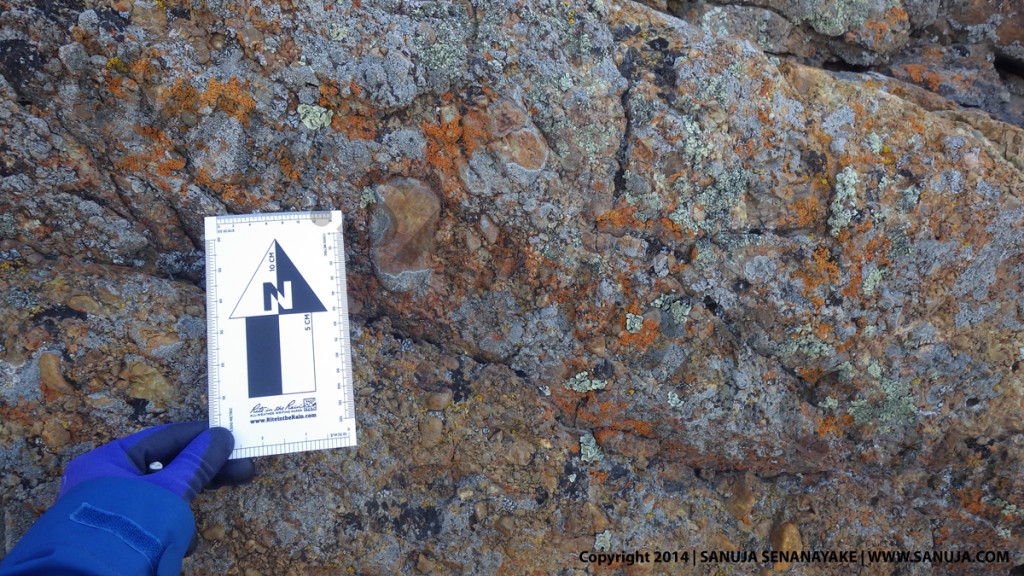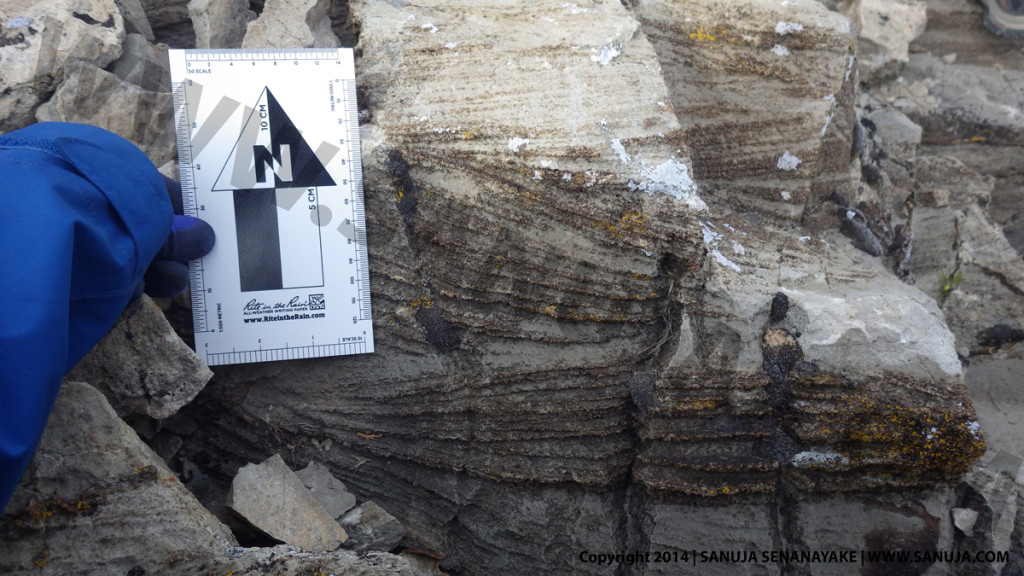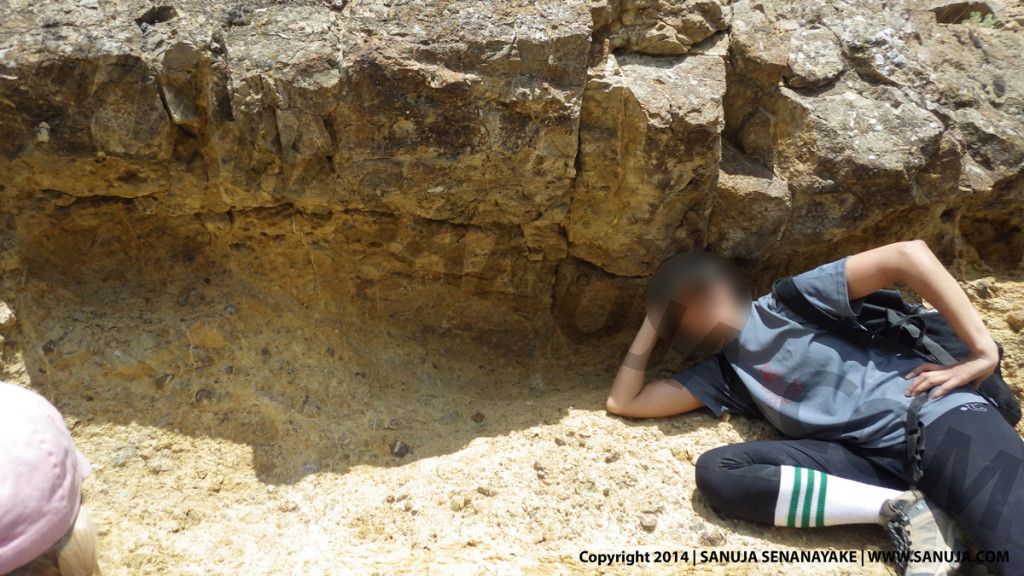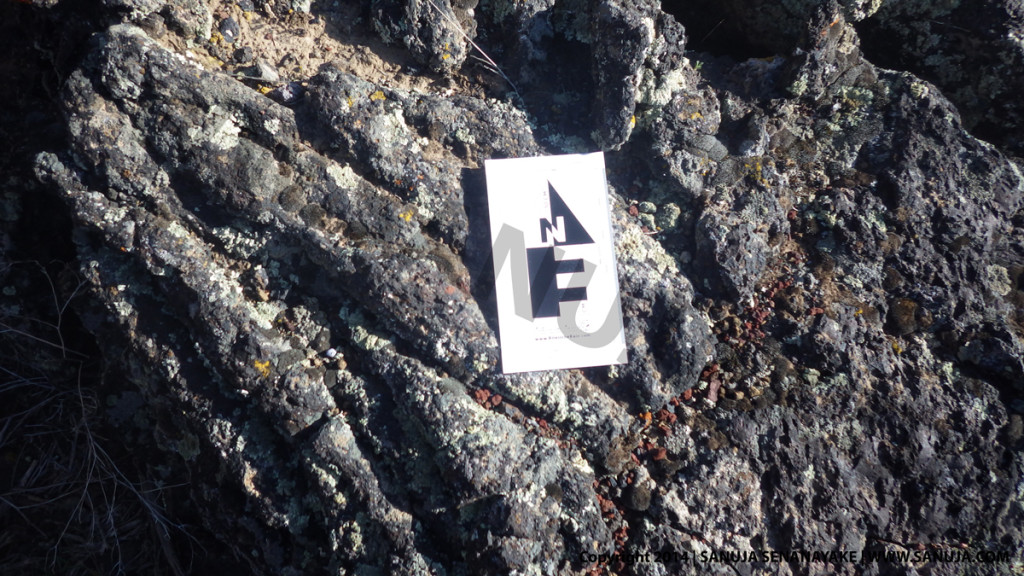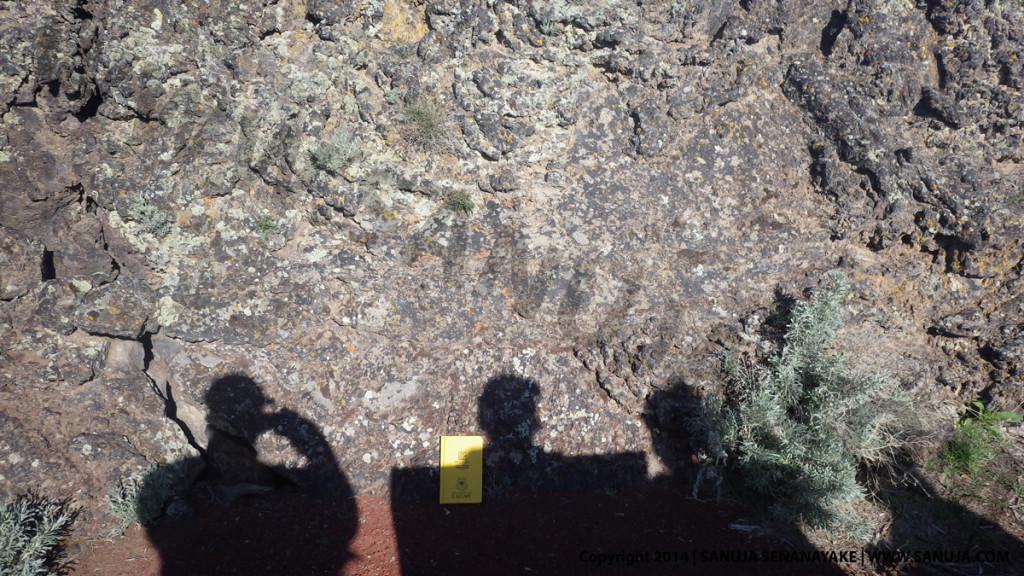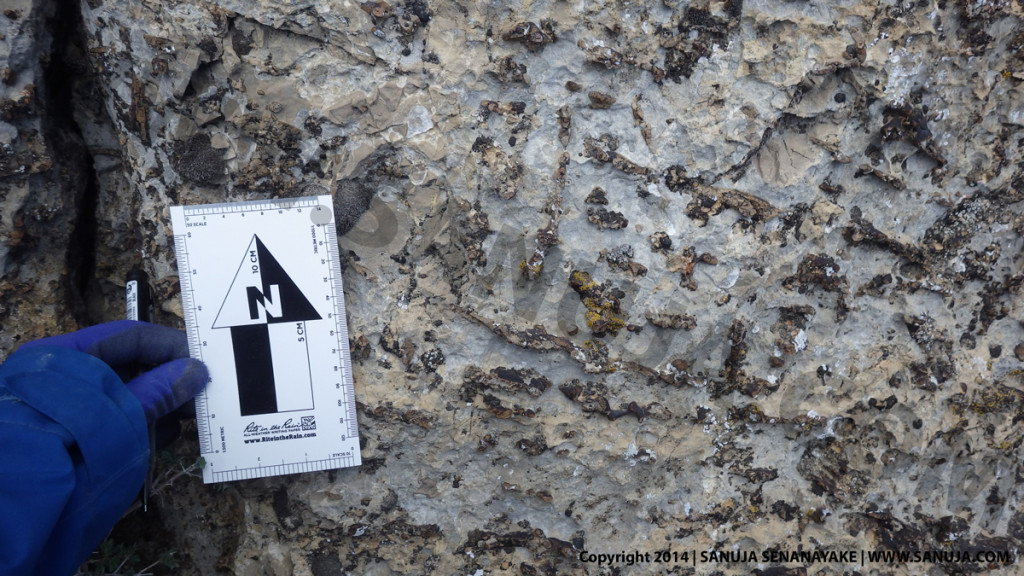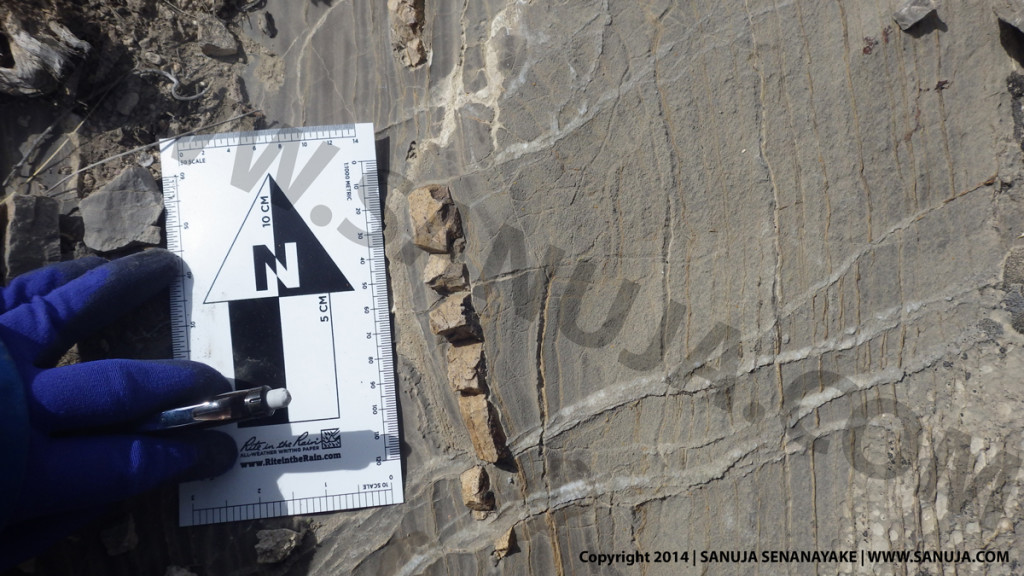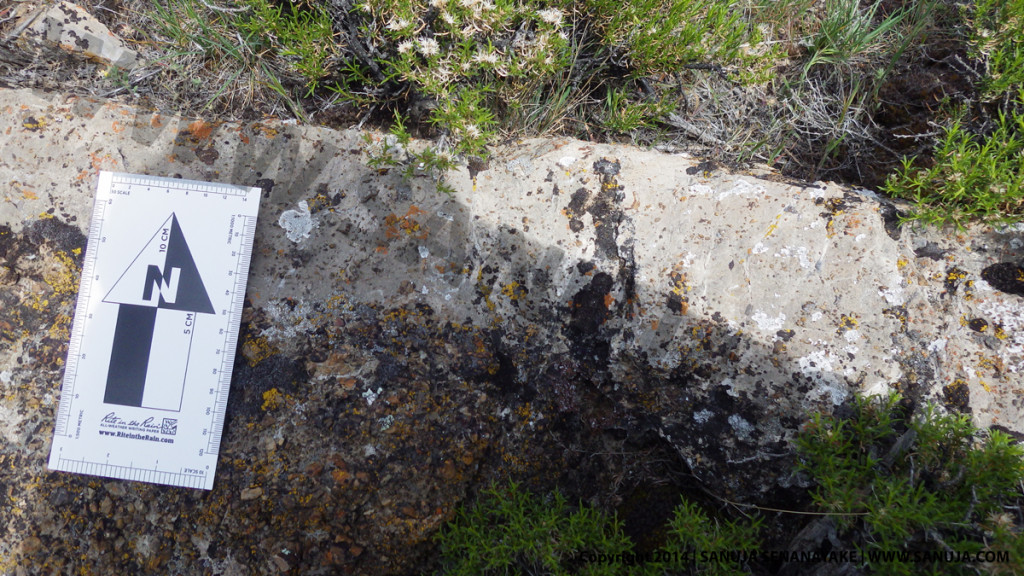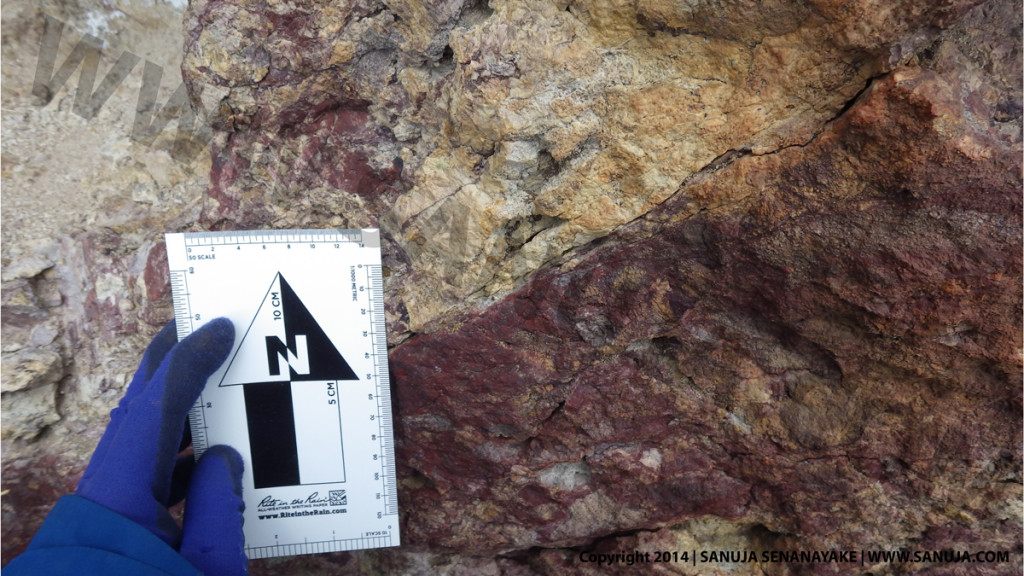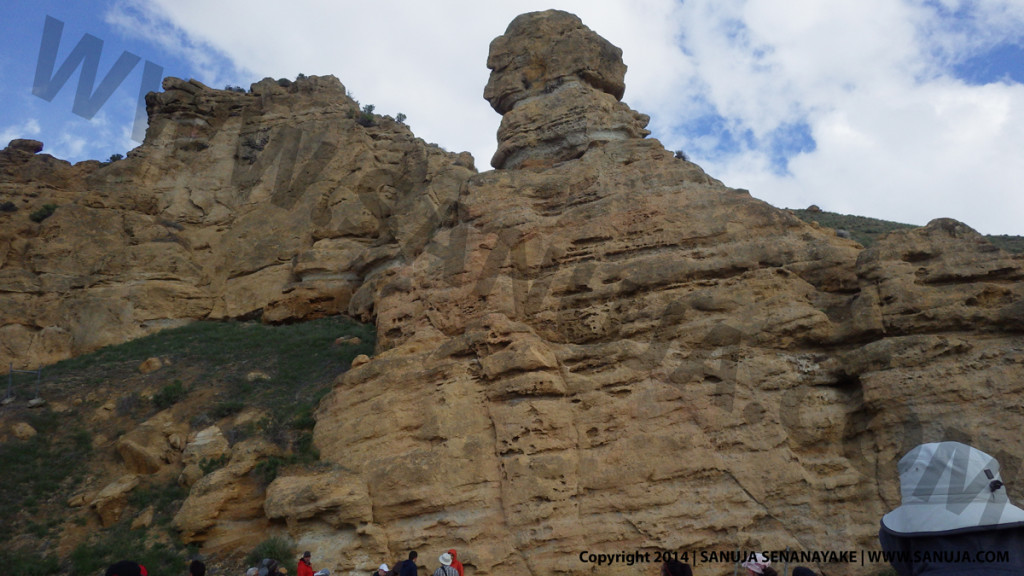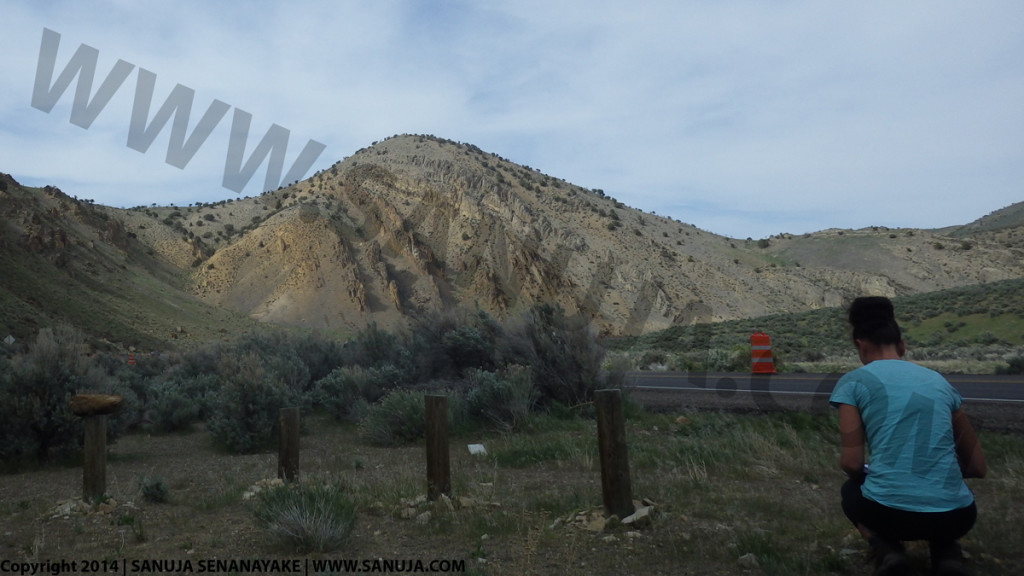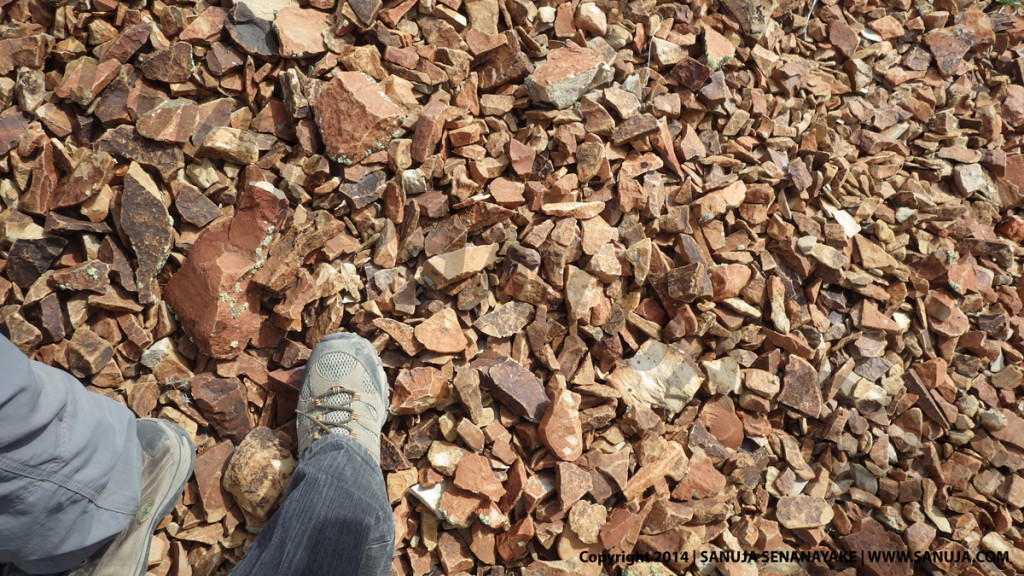After scientific research proved mindfulness meditation and physiological treatments derived from ancient Buddhist traditions work better than chemical-based medications1,2,3, mindfulness techniques have been growing in popularity in the Western world. The companies like Google Inc. have hired specialist to train their staff on mindfulness. American (USA) prisons officials have used it to control and reduce violence among inmates. Several pre-postsecondary schools have used it to help teens cope with stress and anger. But the teaching of mindfulness has been clouded due to extensive modifications to the practice. From few years from now, the mindfulness techniques used in North America and Europe may not even be as effective as the original version derived from Buddhism.
Tag Archives: life
Few tips for new Geoscience students
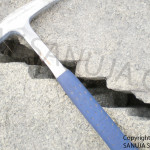
Even before we go into minute details on being a successful Geoscience student, let me explain why we use “Geoscience” as opposed to “Earth Science” or “Geology”. Geology can be loosely defined as the study of solid Earth and the processes which the Earth evolve. But it has grown into a multidisciplinary field with several different specializations. Geology itself has few different sub specializations such as hydrology, environmental, petroleum, engineering, mining and precious metal, geochemistry, etc. Additionally we have two major sectors; Geology and Geophysics. Hence I think the best way to describe all of these sub sections is to use the term “Geoscience”.
Pictures from field school
The pictures are from the Carlin Canyon, Nevada Field School instructed by Dr. Charles Henderson and Dr. Benoit Beauchamp at the University of Calgary. However, this page has no affiliation to the professors or the university. This is a personal (Sanuja Senanayake) collection of images. The GPS reading are taken either from the built-in GPS locator in the camera or from field notes. I found that the location information can be highly inaccurate. One should not use the information on this page for any type of field work. The images are posted purely for entertainment.
Conglomerate
Location: 40°44’05.8″N 116°01’18.3″W
Elevation: 1478.70 m
Image direction: 100.73° (true direction)
Image: Click on the image for high resolution version.
Features: Conglomerate formed as a result of cyclothems.
Cross-bedding
Location: 40° 44′ 10.26″ N 116° 1′ 2.946″ W
Elevation: 1641.20 m
Image direction: 51.06° (true direction)
Image: Click on the image for high resolution version.
Features: Inclined layers with dipping indicating paleocurrents.
Paleosols
Location: 40° 44′ 6.678″ N 116° 1′ 9.48″ W
Elevation: 1653.70 m
Image direction: 66.78° (true direction)
Image: Click on the image for high resolution version.
Features: Roots and rootlets are indicative of paleosols. The Paleosols are formed under subareal exposure type environments.
Lava Rocks
Location: TBA
Elevation: TBA
Image direction: 2.05° (true direction)
Image: Click on the image for high resolution version.
Features: Ropy texture of this lava formation is indicative of pahoehoe lava.
Chert
Location: 40° 44′ 8.016″ N 116° 1′ 9.114″ W
Elevation: 1654.20 m
Image direction: 62.95° (true direction)
Image: Click on the image for high resolution version.
Chert at another location.
Features: Chert is more weather resistant than the outcrop surrounding them. Therefore it will stick out and easy to identify. Generally all cherts are harder than the surrounding Geologic material.
Contact between Formations
Location: 40° 43′ 46.764″ N 116° 1′ 0.006″ W
Elevation: 1663.10 m
Image direction: 89.70° (true direction)
Image: Click on the image for high resolution version.
Features: Different lithoologies will often have different weathering colours and patterns.
Misidentify a contact
Location: 40° 43′ 20.394″ N 116° 1′ 16.794″ W
Elevation: 1504.70 m
Image direction: 249.06° (true direction)
Image: Click on the image for high resolution version.
Features: This is not a contact but rather a fracture within the same formation. The difference in weathering colour may have been caused by the lower part being exposed to more fluid runoffs(?) from the fracture.
Fluvial Deposits
Location: TBA
Elevation: NA
Image direction: TBA
Image: Click on the image for high resolution version.
Features: Poorly sorted clasts from almost all Formations in the region. Lose sediments, friable and extremely poor bedding (almost no bedding). Formed as a result of weathering and erosion of other formations. May indicate a paleo river formation. Highly matrix supported with sandy size matrix particles.
Resistant (cliff forming) and Recessive
Location: 40° 43′ 40.8″ N 116° 1′ 10.1″ W
Elevation: NA
Image direction: 9.59° (true direction)
Image: Click on the image for high resolution version.
Features: Even from a distance we can interpret some Geological formations. In this example, we can say that at least two major formations based on the cliff forming and recessive units. Often Geologists scans the area before climbing to the outcrop of interest. In this picture we are about 1 km (or may be bit less) away from the outcrops shown.
Lose (non-outcrop type) Carbonate
Location: 40° 44′ 9.54″ N 116° 0′ 15.426″ W
Elevation: 1617.40 m
Image direction: 58.65° (true direction)
Image: Click on the image for high resolution version.
Features: Lose materials like these red carbonate pieces can be used to determine where the actual outcrop may be; up the slope!
Searching for outcrops like mountain goats
Location: 40° 43′ 3.3″ N 116° 0′ 9.306″ W
Elevation: 1569.70 m
Image direction: 167.06° (true direction)
Image: Click on the image for high resolution version.
Features: None that can be identified at this scale.
Miscellaneous
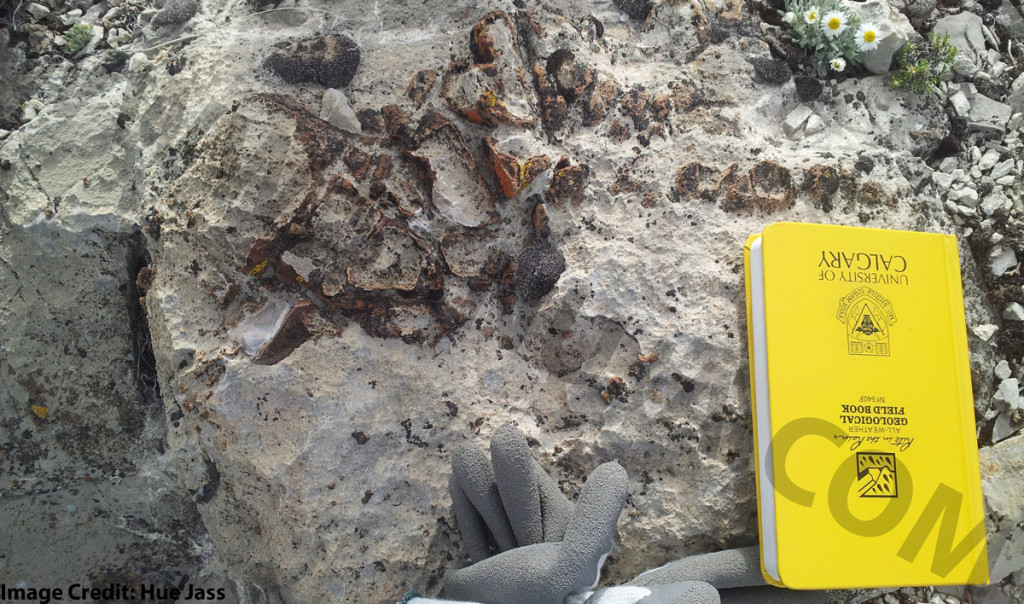
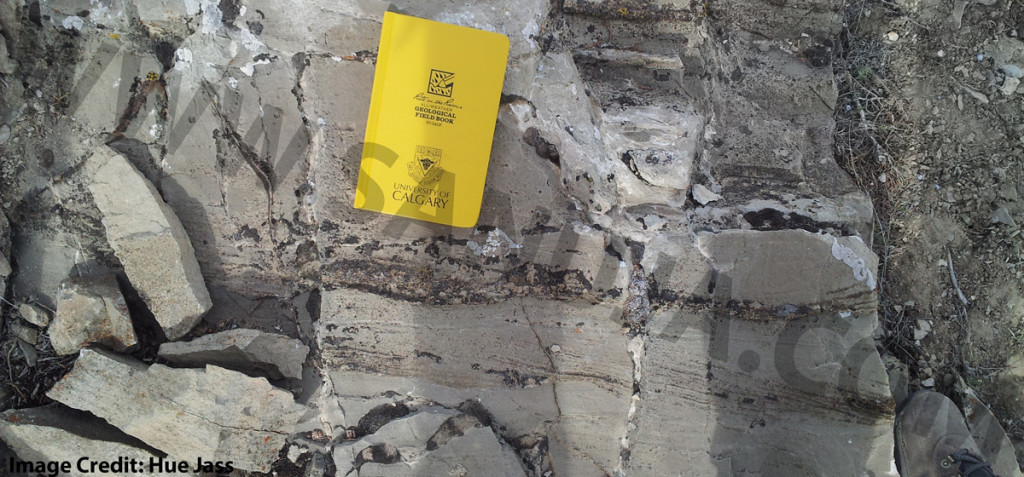
Cloud computing: a blessing and a curse
Right after the DOT-COM bubble began to shrink, a new concept of computing called cloud computing gave hope to a dying breed. It boosted the profits of entirely Internet based companies like Dropbox Inc. and opened the market for new Internet based companies. The next big step for this technology is the “smart home” which also referred to as “connected home”.
Buddhist ethics
I should really name this article as “Why I haven’t given up on Buddhism…. yet”. This is my attempt at explaining the most complicated mess carted by the Western media and imperialistic forces that devoured the true Asian history. I have tried to explain the confusion on whether or not Buddhism a religion before. I make that side offline long time ago to make room for the current one. During that period of silence, my philosophical and ethical view on life have not changed. However, I have acquired new skills to explain the unexplainable to most close minded people on planet Earth.



